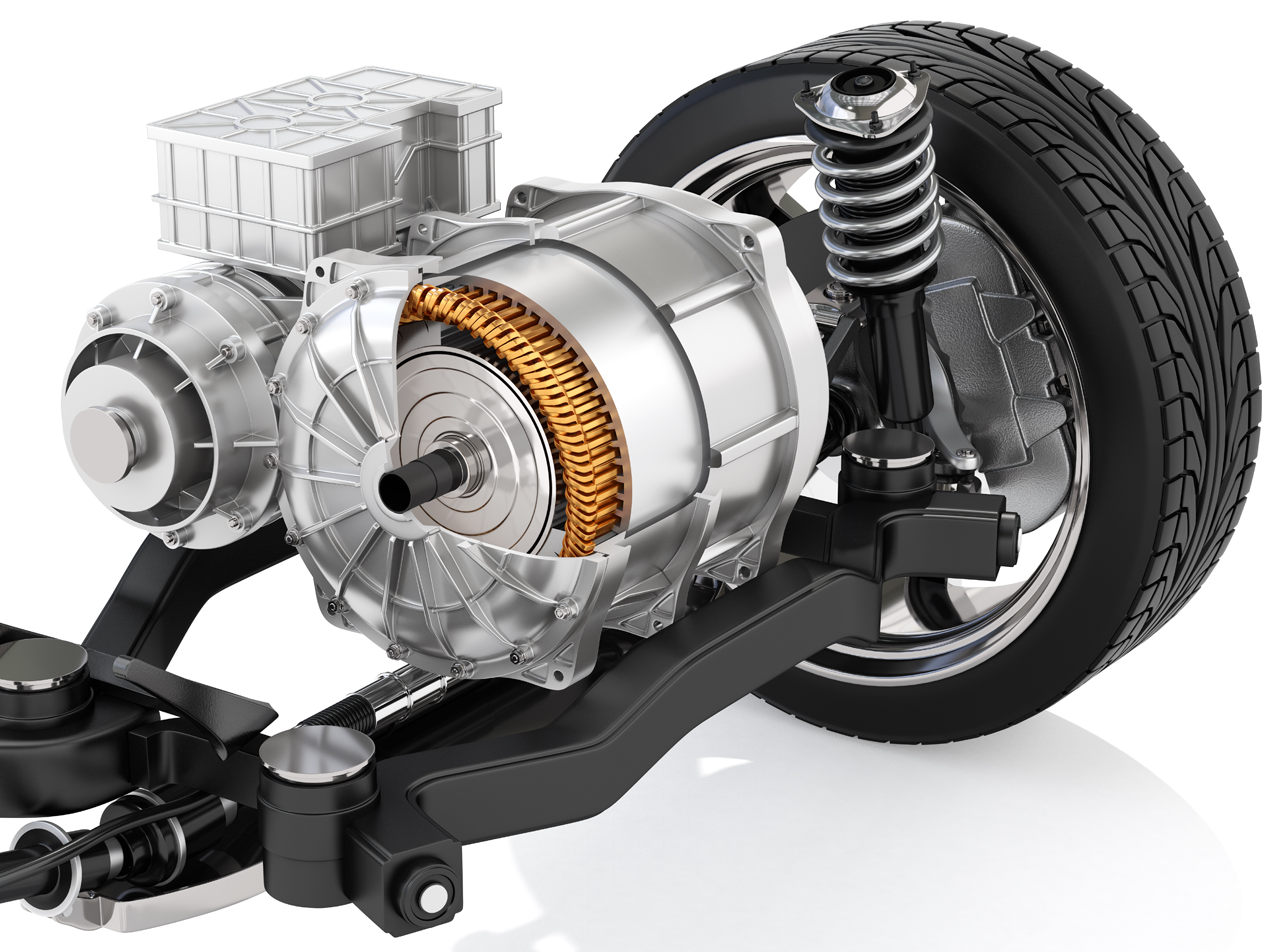
Electric Motor Fundamentals and Operations
This course provides a comprehensive understanding of electric motor fundamentals and their operations in battery electric vehicles (BEVs). You will gain knowledge of electrical principles, including current, resistance, voltage, and power, and apply these concepts to analyze electrical circuits using Ohm’s Law and Watt’s Law. The course discusses the 12-volt system, direct current (DC), alternating current (AC), and high-voltage (HV) systems in the context of BEVs, comparing their characteristics, components, and functions. You will examine electric motors’ working principles, types, and performance characteristics and evaluate their impact on vehicle design, weight, and environmental benefits. The course will also cover motor selection and sizing considerations, control strategies, and basic maintenance and troubleshooting procedures.